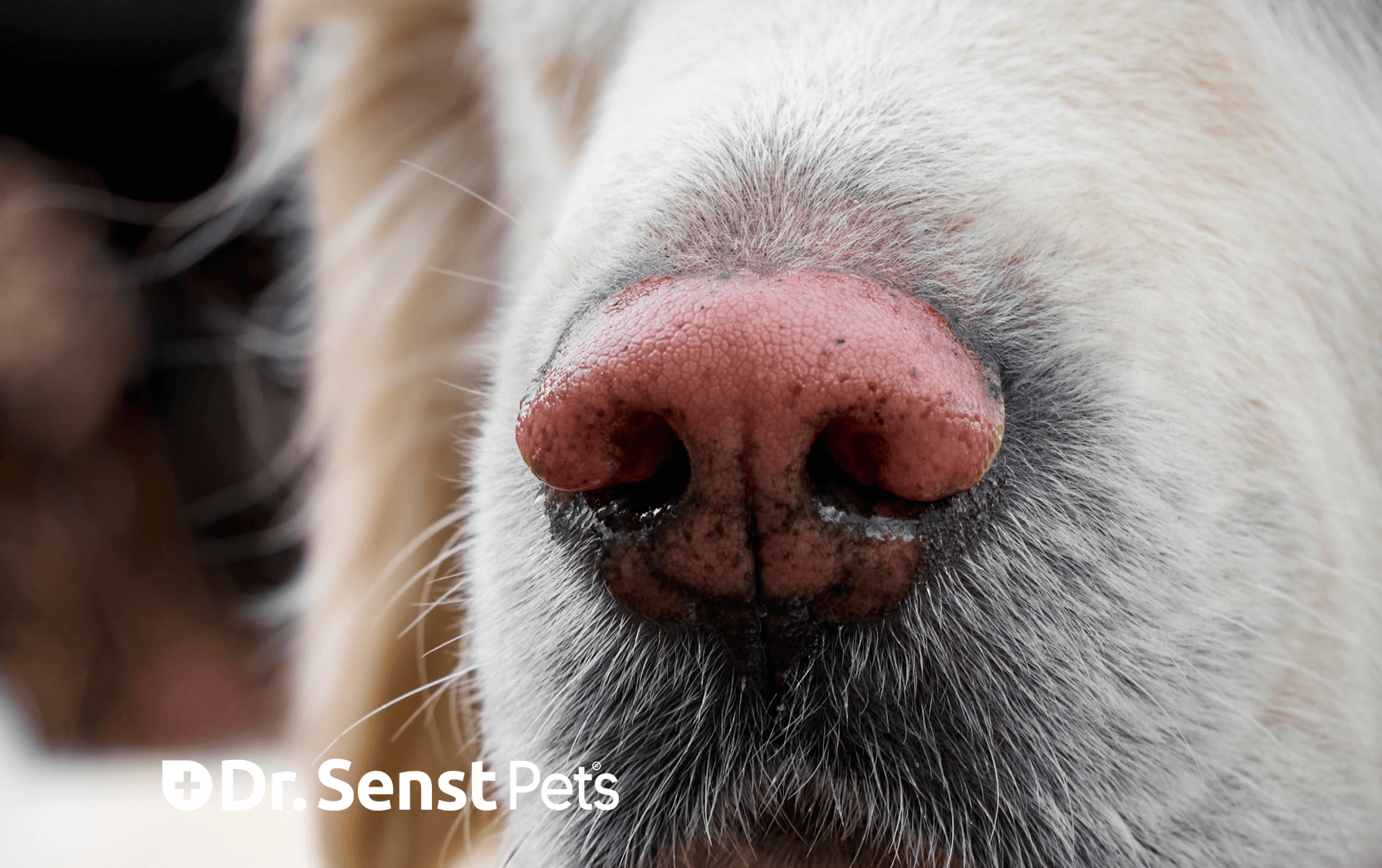
- by Dr.Thilo Senst
Best Hypoallergenic Dog Foods for Sensitive Skin
- by Dr.Thilo Senst
Best Hypoallergenic Dog Foods for Sensitive Skin: A Comprehensive Guide
Dogs with sensitive skin often suffer from itching, redness, and irritation, which can be caused by food allergies. Hypoallergenic dog foods are specially designed to prevent allergic reactions by using limited ingredients that are less likely to trigger symptoms. If your dog is scratching excessively or showing signs of skin inflammation, switching to a hypoallergenic diet could be the key to improving their skin health.
This article will guide you through the best hypoallergenic dog foods, explaining their benefits and offering insights into why certain ingredients may trigger sensitivities in dogs. Whether you’re looking for grain-free options, limited ingredient diets, or prescription foods, we’ll cover the choices available to help your dog lead a healthier, itch-free life.
Hypoallergenic dog foods are formulated to avoid common allergens that may trigger skin irritation in dogs. These foods often contain novel proteins, limited ingredients, and sometimes are free from grains or artificial additives.
Dogs with food allergies or intolerances often exhibit symptoms such as:
Hypoallergenic dog foods can help alleviate these symptoms by removing potential triggers and allowing the dog's immune system to stabilise.
Before we explore the best hypoallergenic dog foods, it’s important to understand which ingredients commonly cause allergic reactions in dogs. These include:
Switching to a hypoallergenic dog food means choosing a diet that avoids these allergens and instead relies on ingredients less likely to cause a reaction, such as novel proteins (e.g., venison, duck) or hydrolysed proteins, where the protein is broken down into smaller components that are less likely to trigger an immune response.
These statistics highlight how prevalent food-related allergies are in dogs and why finding the right diet is crucial for their health and comfort.
This veterinary-recommended food contains hydrolysed proteins that are less likely to cause an allergic reaction. Its formulation focuses on improving digestive health and reducing skin irritation.
Key Benefits:
Hill’s d/d formula is designed for dogs with food sensitivities and includes novel protein sources such as duck or venison. It is also grain-free to reduce the risk of triggering skin allergies.
Key Benefits:
This natural, limited-ingredient food excludes common allergens such as wheat, beef, and dairy. It uses lamb or fish as the protein source and includes omega-3 and omega-6 for skin health.
Key Benefits:
Purina’s veterinary diet is another hydrolysed protein option, designed to reduce the risk of allergic reactions. It’s an excellent option for dogs with severe allergies.
Key Benefits:
This grain-free food is suitable for dogs with skin sensitivities. The main protein source is ocean white fish, which is rich in omega fatty acids, supporting skin health.
Key Benefits:
Omega-3 fatty acids play a vital role in managing skin inflammation in dogs with food allergies. These essential fatty acids help reduce itching, promote a healthy coat, and decrease skin inflammation.
A good analogy is thinking of Omega-3 as "oil for the skin." Just as oil keeps machinery running smoothly, Omega-3 ensures that your dog’s skin stays hydrated and irritation-free. Many hypoallergenic dog foods include fish oil or flaxseed as a source of Omega-3 to support sensitive skin.
Switching to a hypoallergenic diet can significantly improve your dog’s overall well-being, particularly if they suffer from skin allergies. Here are some benefits:
When switching your dog to a hypoallergenic diet, it’s essential to do so gradually. Abrupt changes in diet can upset your dog’s stomach, so follow these steps:
Q: How do I know if my dog needs hypoallergenic food?
A: If your dog is experiencing persistent itching, rashes, or digestive issues like diarrhoea, they may benefit from a hypoallergenic diet. Consult with your vet to confirm food allergies.
Q: Can I give my dog over-the-counter hypoallergenic food, or do I need a prescription?
A: While there are prescription hypoallergenic foods available, many over-the-counter options are formulated to manage food allergies. Always check with your vet before making dietary changes.
Q: How long does it take to see improvement with hypoallergenic dog food?
A: It may take several weeks for your dog’s symptoms to improve after switching to a hypoallergenic diet. Be patient and monitor their skin and overall health.
When it comes to managing food allergies and sensitive skin in dogs, choosing the right diet is key. Hypoallergenic dog foods can offer relief from itching, inflammation, and digestive issues, leading to a happier, healthier dog.
For further support, consider adding products from the Dr. Senst Pets range, such as:
![]()
Enter your details & download our comprehensive 50+ page printable Dr. Senst Pet Care Planner completley FREE! - keep track of all your pet’s needs, from medical history and training to vet visits, grooming, diet, and more!










Share:
Effective Ways to Manage Flea Allergy Dermatitis in Dogs
How to Prevent Plaque and Tartar Buildup in Cats